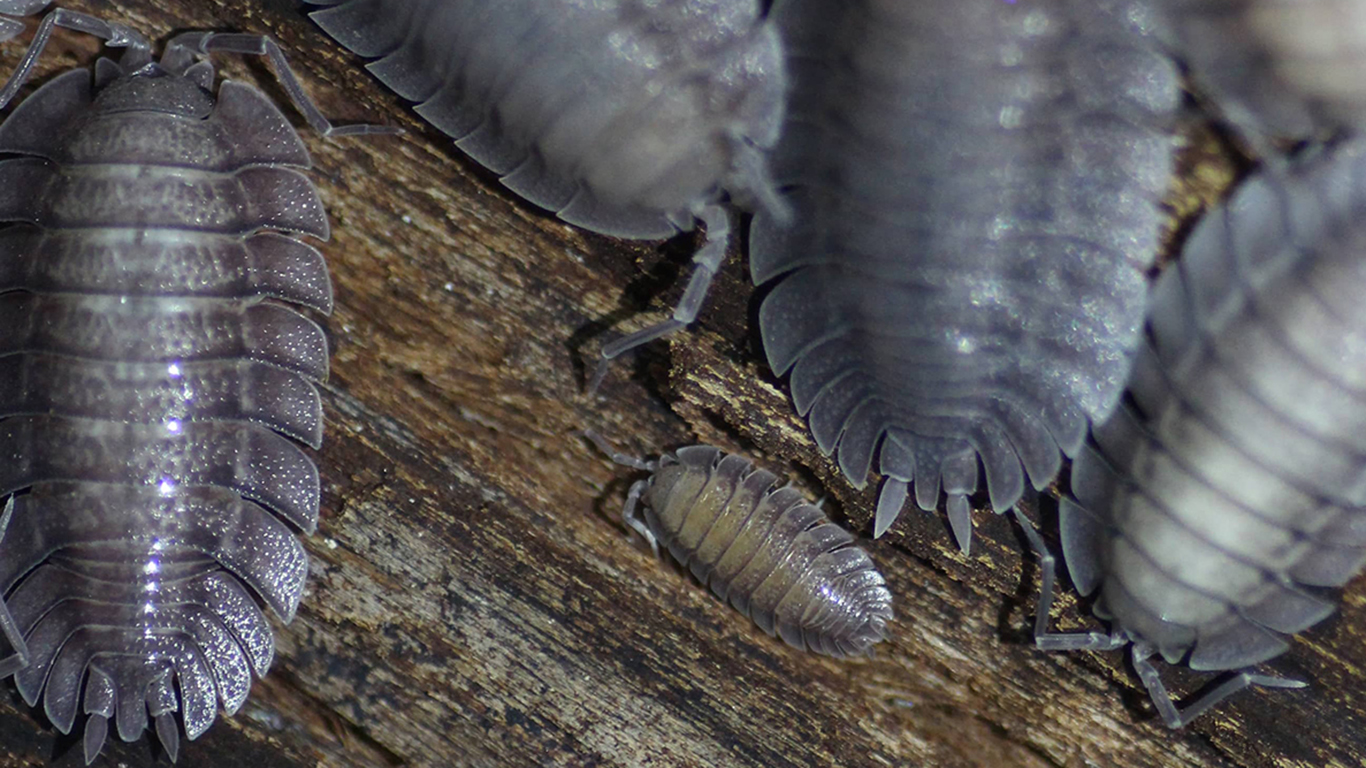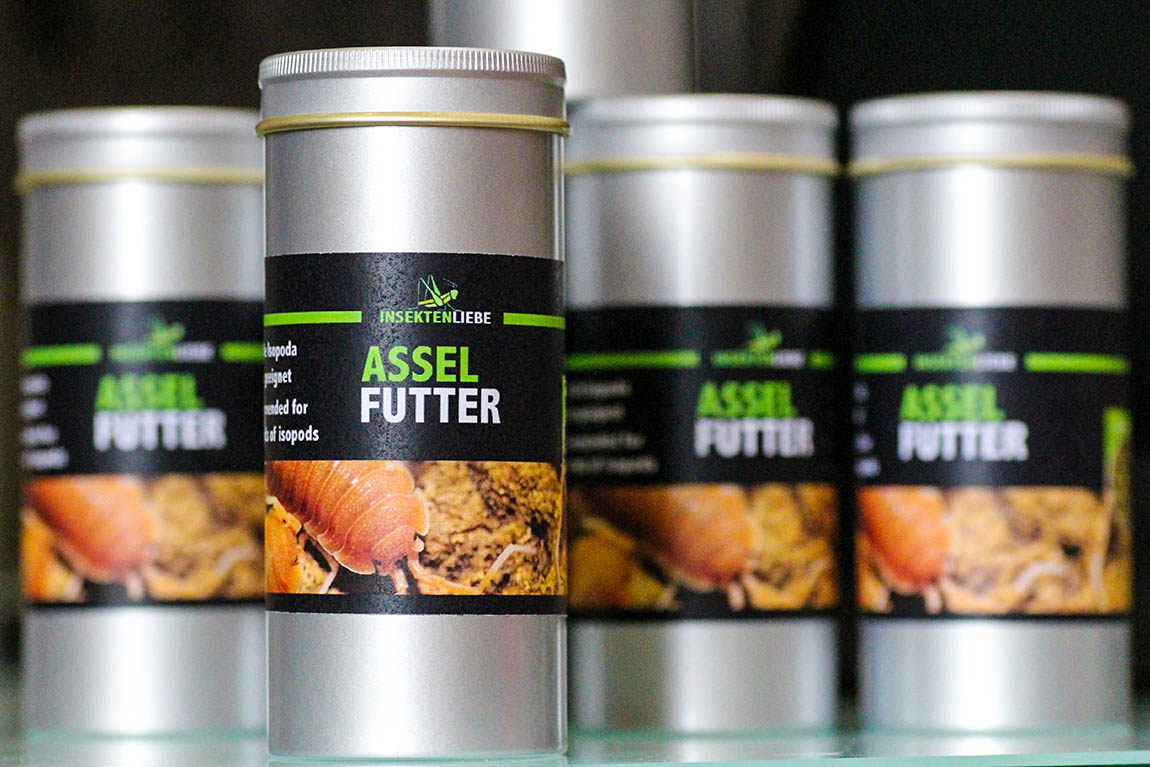Isopod-Magazine
Baby Isopods – Insights to succesful isopod keeping
What should be done so that tiny little isopod babies in the terrarium are doing well? We will pursue this question in the following. I am referring exclusively to the offspring of isopods. I will first look at the development of a baby isopods and then how to create a good environment for them inside any terrarium.
Development – from a fertilized egg to an adult animal
It is very fascinating that the isopod owner can observe the reproduction of his animals very good. His attention should be focused on the female animals. Isopods do not lay their eggs anywhere in the thicket of plants, but always carry them with them. It is interesting to observe the belly area of female isopods.
Who observes its isopods well, can recognize a pregnant isopod very quick. You will be able to prepare the tank for the soon-to-be offspring. You have to pay attention to the front abdominal area of female isopods: The brood bag (Marsupium) can then be recognized clearly.
The eggs are in the abdominal region for about 40-50 days until the baby isopods hatch. Sometimes it goes a little faster, sometimes it takes a little longer. After leaving the brood bag they are much smaller and lighter in colour than the adult isopods. Their shell is still relatively soft, making them particularly sensitive to dryness and moisture at this stage.
Tip: Due to the small size of a baby isopod, the holder must follow the activity in his terrarium closely in order to be able to see the offspring at all. A magnifying glass could be helpful here. The main purpose of this magnifying glass was to search the bottom of the isopod tank for young animals. In the first days the young animals often move very rarely.

Sources of danger for young isopods
Depending on the species, a baby isopod is really small (about two millimetres in size at the beginning). Therefore it is logical that in a terrarium many things can quickly become dangerous. Among others, the following sources of danger should be avoided in the ideal case in every terrarium from the beginning:
- Eating enemies: Animals that eat isopods have no place in an isopod tank. However, there are also terrarium inhabitants, who cannot harm adult isopods, but who like to eat the much smaller baby isopods. For this reason, ideally no other animals should be kept in the terrarium if the isopods are to reproduce unhindered.
-
Not quite ideal flatmates: Baby isopods are more sensitive to not quite ideal temperature and humidity values than an adult one. If there is something wrong with the postural parameters, it is generally questionable whether there will be any reproduction at all. Nevertheless, the moisture values should be well controlled and, if necessary, adjusted, especially in the phase in which baby urine is in the pelvis.
- Heavy stones or pieces of wood: The hiding places in a terrarium can quickly become a death trap for isopods – especially if they are still small and not very strong. Here the danger of crushing exists, for example if you curiously lift a stone or a heavy piece of wood and put it back on the ground. If you want to bring the isopod offspring through, you should fall back on light and curved pieces of bark or egg cartons
But even if all sources of danger for young isopods have been eliminated, this unfortunately does not mean that every baby isopod will develop into a adult isopod. Nature also provides for a certain selection of these animals. Nevertheless, there is still much that can be done to ensure that the isopods are not only protected from danger, but also feel particularly well – more on this in the following.
A good environment for baby isopods
Once the real sources of danger in an isopod tank have been eliminated, it is important to think about how much comfort can possibly be offered to a baby isopod. After all, the offspring should not only be safe, but also comfortable. The following two aspects are very important:
- Hiding places in the terrarium: Moss fulfils two functions at once – as a hiding dispenser and as a grazing ground. Different moss types are very popular among young isopods, but also older specimens. They are often seen as if they would be grazing on meadows. The higher the substrate in the isopod container, the more hiding places there are.
- Food: If additional feeding of the baby isopods seems to make sense, it is important that they are fed in small pieces. Dust food, for example, goes much better with the small isopods than many other coarser foods, which may not be absorbed. The Isopod food BALANCE FLAKES are particularly suitable for this. Some soft-leaved foliage types like lime leaves, again seem to be suitable, in order to offer both older and younger isopods a further possibility for the nutrition.

Isopod Food for a Top Price!



